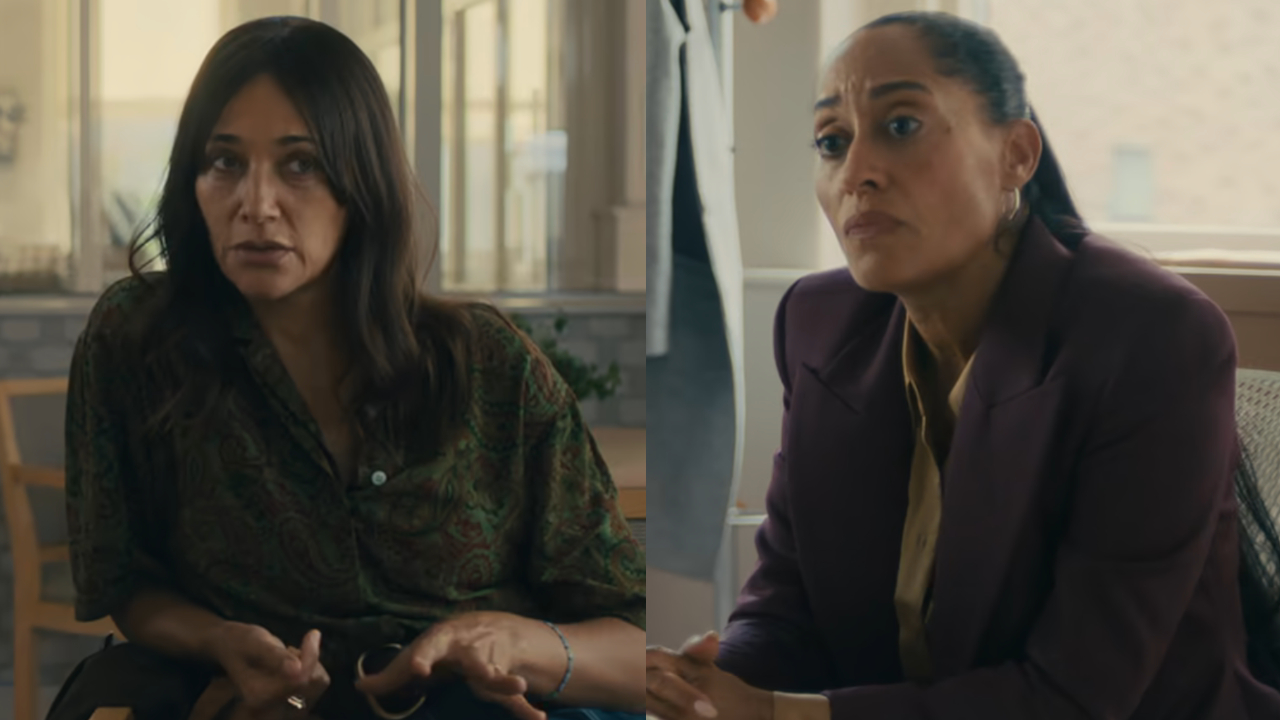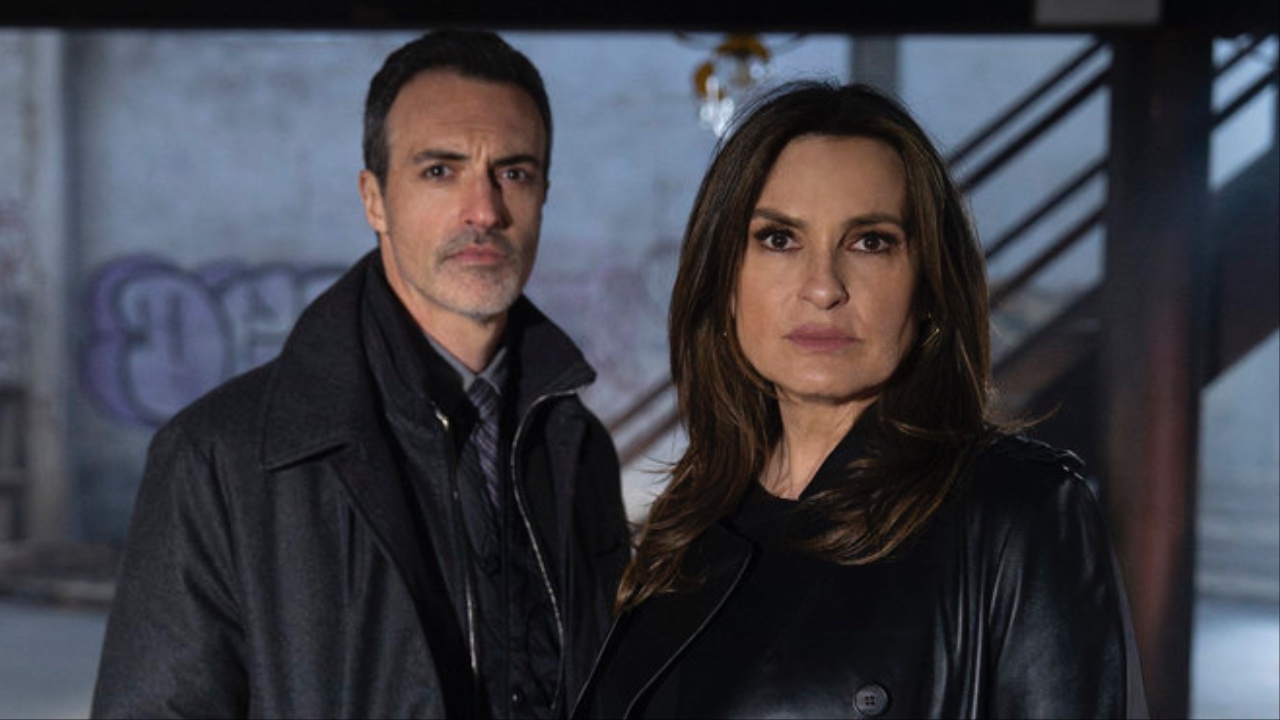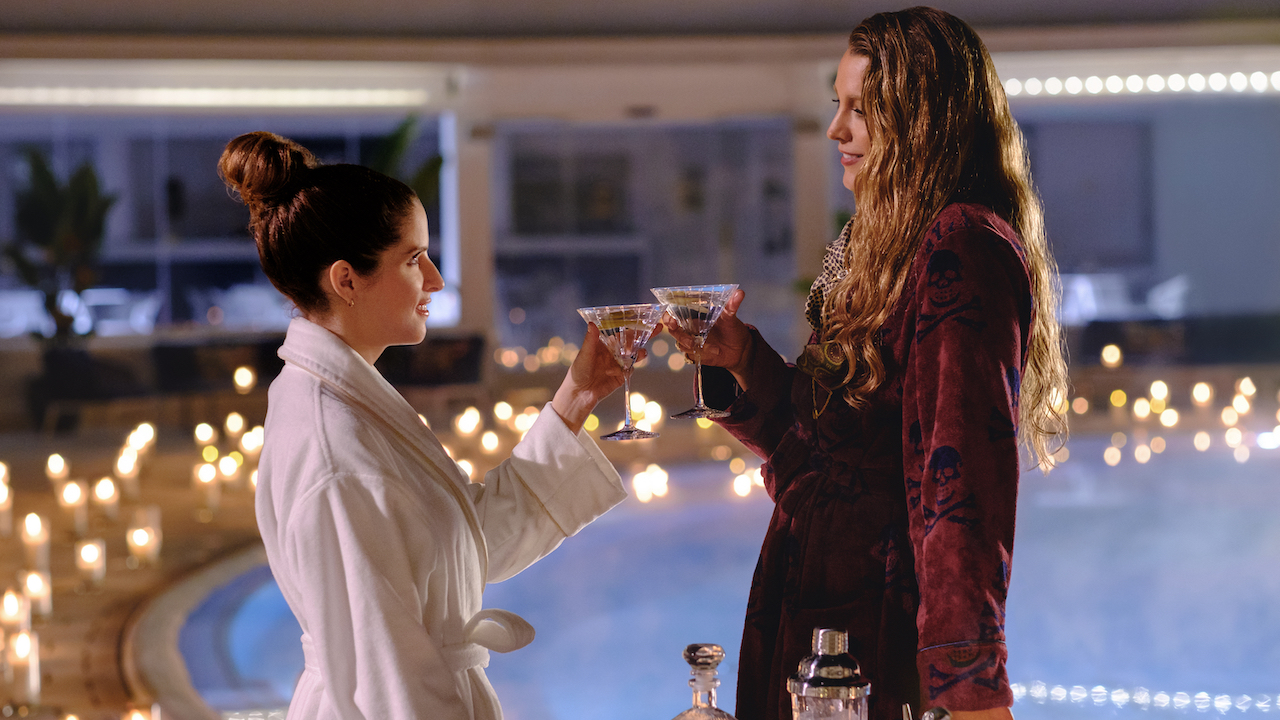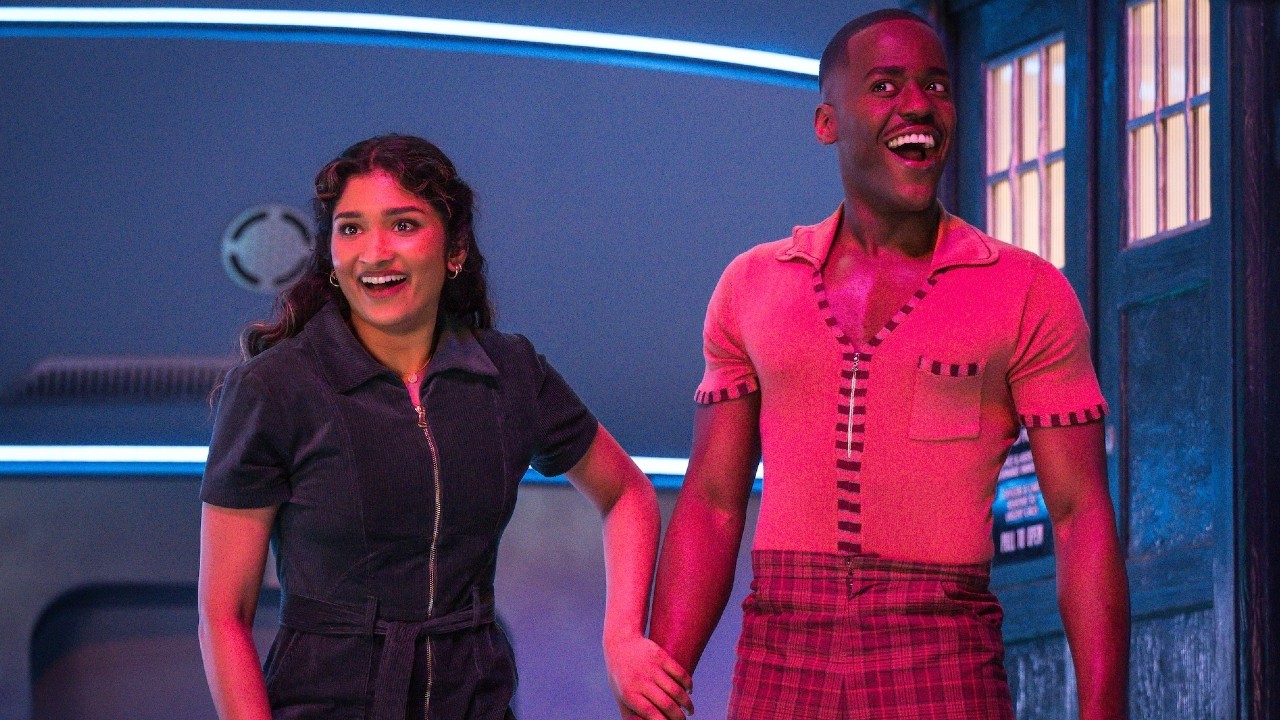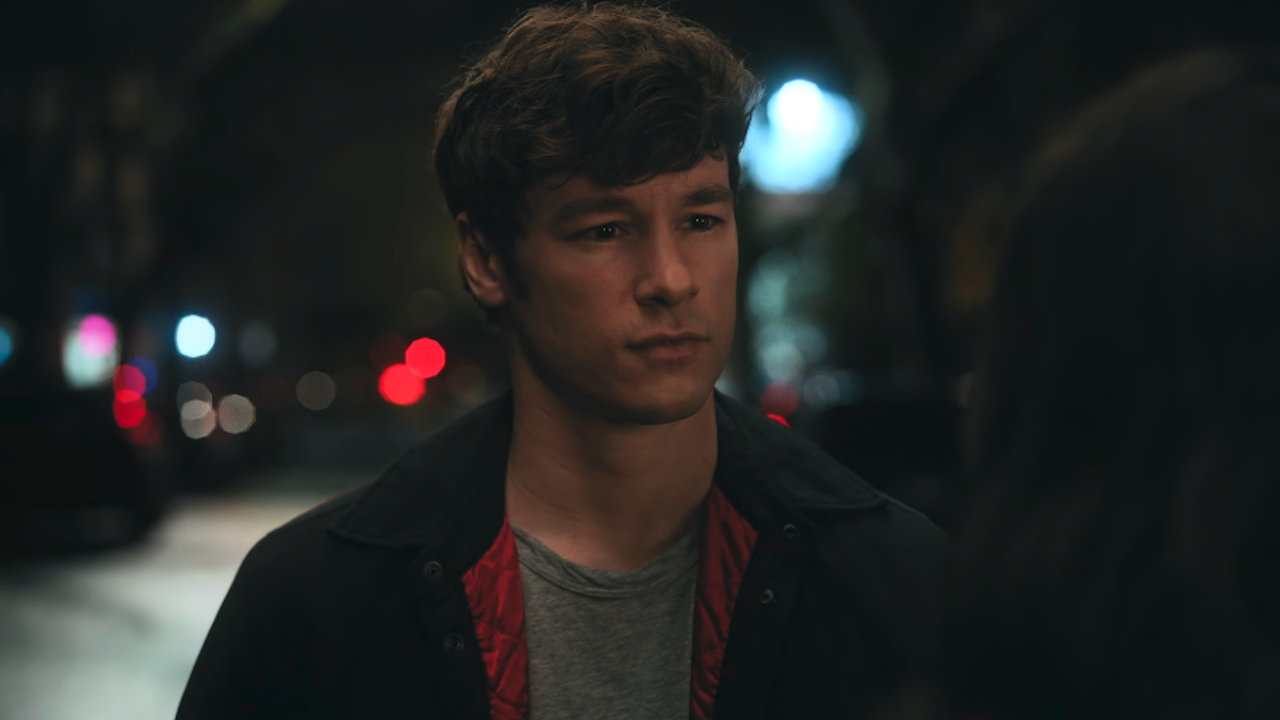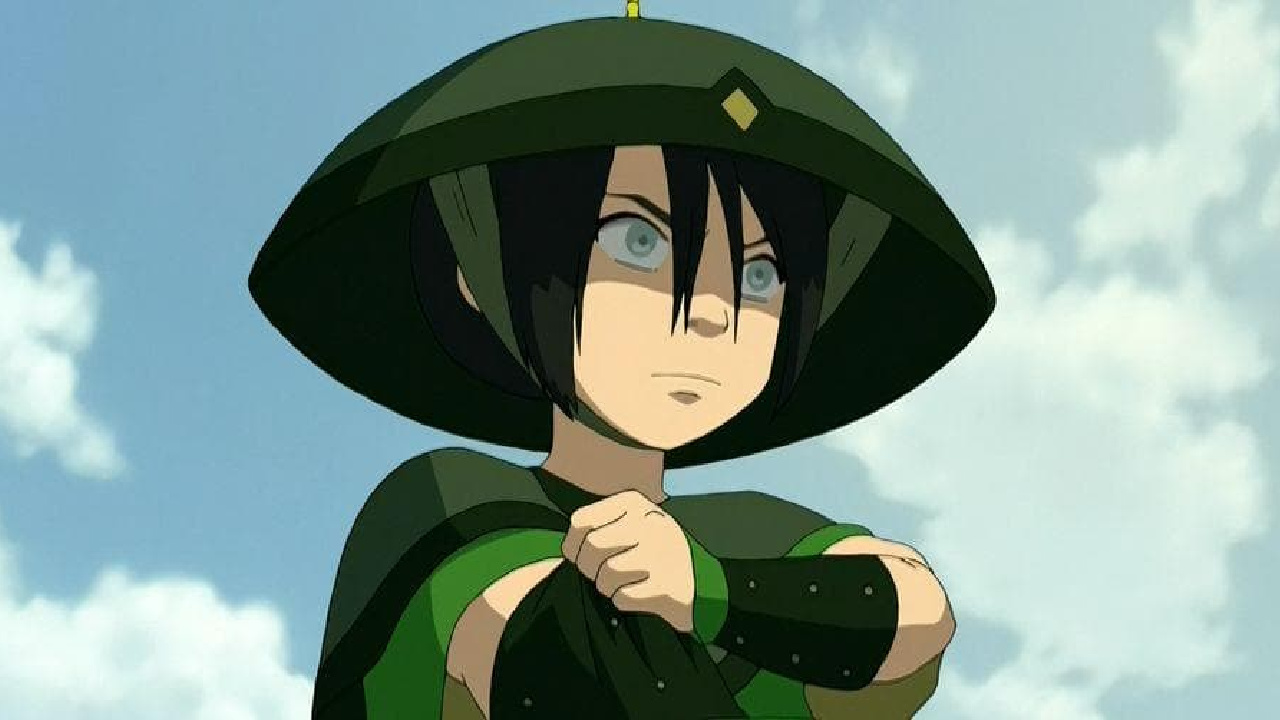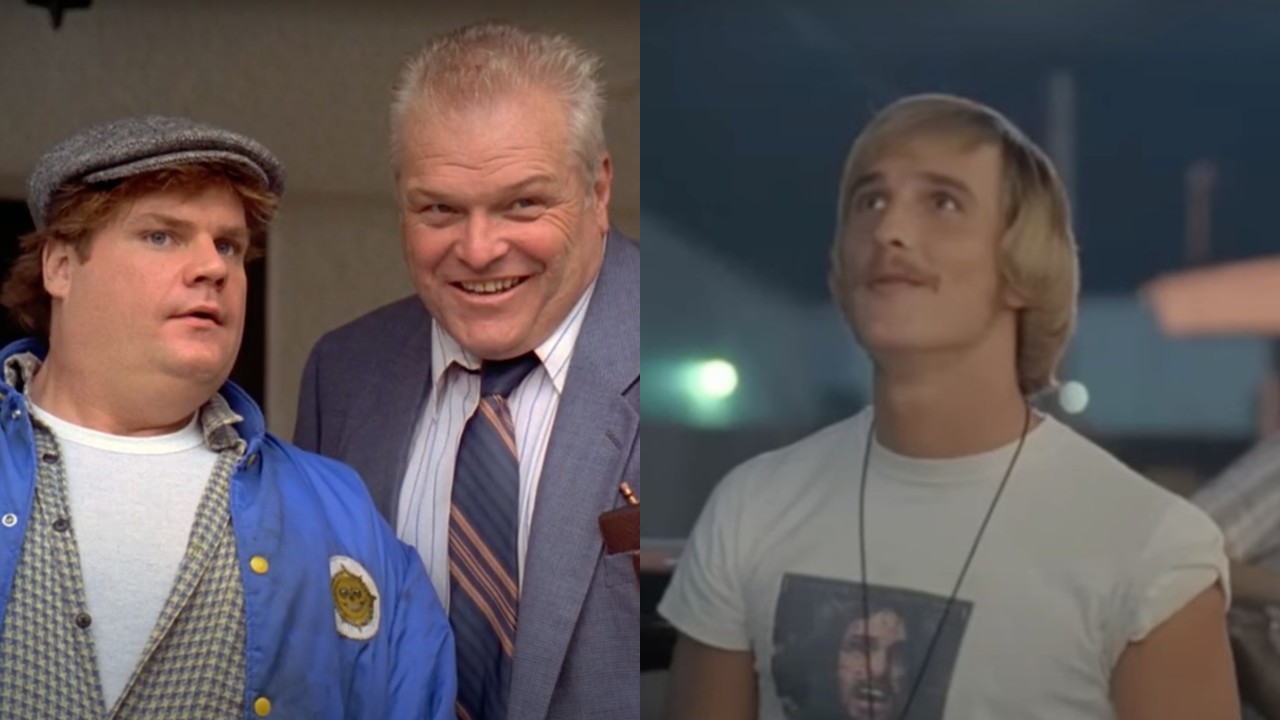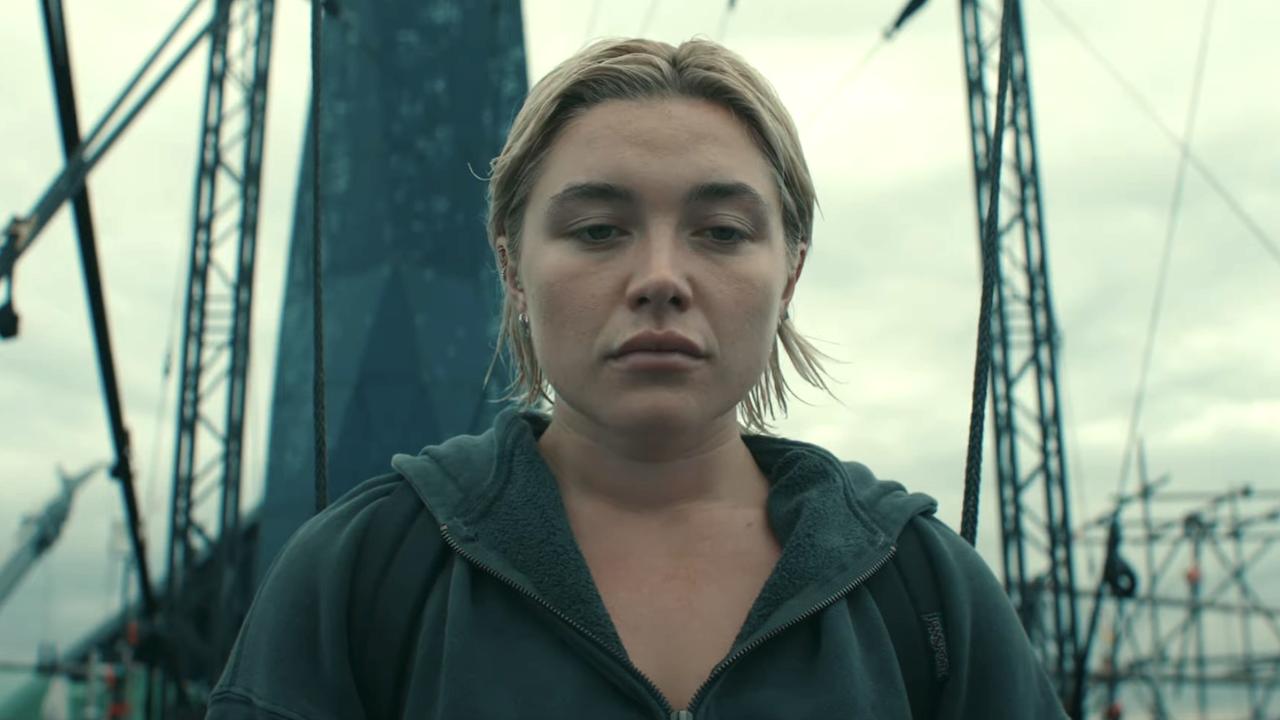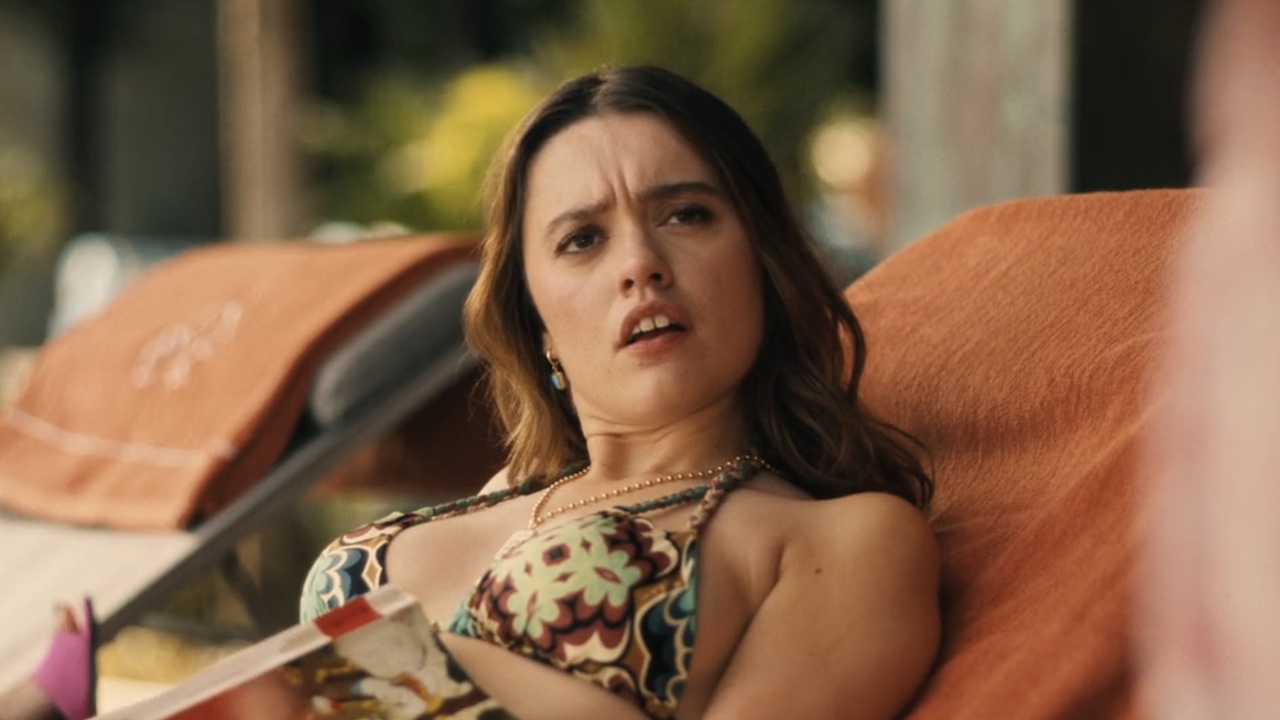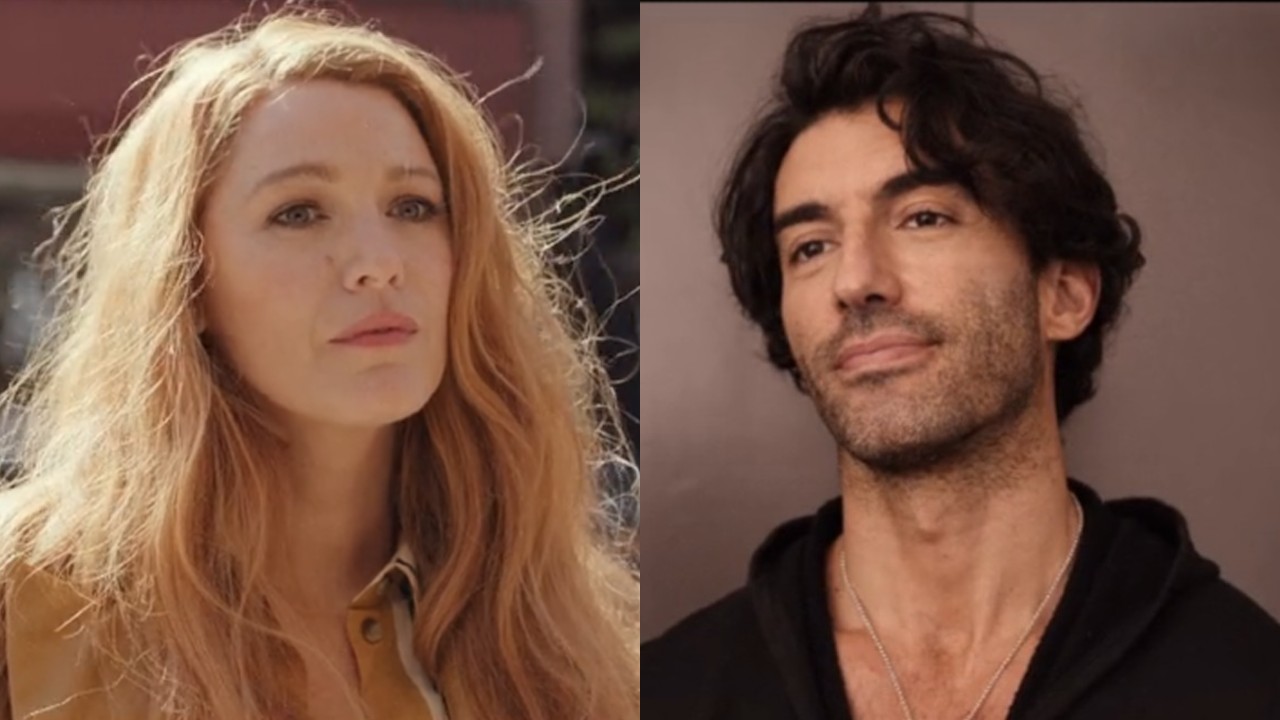Oblivion Spoilers: Director Joseph Kosinski Answers Your Burning Questions
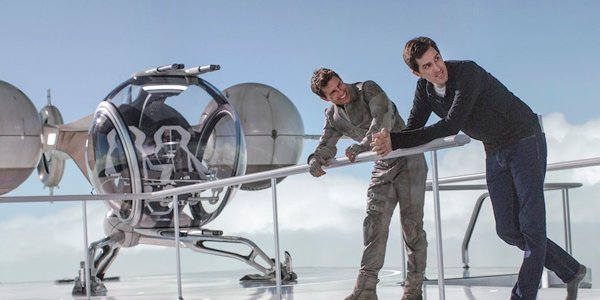
As an unofficial kickoff to the summer movie season, Oblivion opened April 19 and plunged us into the kind of world that, for whatever reason, we always want to see while eating popcorn. Remnants of New York City landmarks like the Empire State Building and the public library littered the earth. Tom Cruise lived in a glass palace in the clouds, and roamed the destroyed earth each day to repair drones. And somewhere, way out in space, the rest of humanity lived in exile, forced off the planet by an alien foe.
But as you might have learned by now, not everything in Oblivion is as it seems, and the movie from writer/director Joseph Kosinski takes many, many twists on its way to the grand finale. Which is why it was such a treat to talk to Kosinski over the phone last week. With Oblivion already off and running in theaters he felt free to dig into spoilers, and answer some of the burning questions that we all had walking out of his thoughtful sci-fi effort.
Kosinski, who is currently gearing up for a Tron:Legacy sequel but still won't swear it's his next project, talked to me about the film's sci-fi design, what purpose humans might serve even in an alien-dominated future, how there might be a sequel, and why he gave Zoe Bell her second completely silent role in just a few months (after Django Unchained).
SPOILERS FOR OBLIVION FOLLOW, OBVIOUSLY
You've talked a lot about the Bell 47 helicopter as the inspiration for the design for the bubbleship, but you haven't talked much about the design of the drones. How did those emerge for you?
I knew I wanted all of the designs in the world of the Tet to be based on primary shapes. The Tet itself is obviously a pyramid, or tetrahedron-- Tet is short for tetrahedron. The bubbleship is a series of spheres based on the Bell 47 helicopter. I liked the idea that, since the technology is shared, the drone is basically the same as one of the engine balls on the bubbleship. That's basically where we started. I wanted to keep it as pure as possible but menacing at the same time, and almost treat it like a piece of military hardware. We spent a lot of time working on the face of the drone, trying to come up with something that felt functional but intimidating, and after many many versions we kind of settled on the version you see in the movie.
Did you ever look at Eve from Wall-E?
CINEMABLEND NEWSLETTER
Your Daily Blend of Entertainment News
i'd say she's a little too elegant. She's very streamlined and feminine, and the drones had to be a little more aggressive and beat-up. I thought of them more as kind of like little tanks.
Is the Tet trying to mimic human design, or are you just trying to make them seem relatively human-like so we don't know where the story is going?
I tried to make all the design consistent across the board. The only thing that would be humanlike about the designs are the things that humans interact with. The Tet took in the Odyssey module, decoded our language and ways we interface with things and then recreated that for Jack and Vica, recreated a world where they would be using an alphanumeric system they would be familiar with. The only design changes would be stuff to adapt to human use. It has the Odyssey module, so it knows that humans sit in chairs, we use switches, we have a certain language and screens and stuff. They would obviously study domestic dwellings in order to create the sky tower as a habitat for each of the teams to live in. That's kind of it. It's taking certain elements to make sure we can function properly within them. They understood that humans need food and light and water, and a swimming pool would be great for exercise, so it's all done with very specific functional requirements.
When you sit back and say "What would an alien need to learn about people?" that requires removing yourself a lot from your own humanity. Is that something you've always been able to do?
That's the process. Visually, the world of Oblivion was something that I had in my head from the very beginning, for whatever reason. The Sky Tower and really that juxtaposition between the world above the clouds and the world below, and the notion of Jack and Vica living up in the clouds in this clean environment versus the reality of human struggle happening below the surface. That juxtaposition, and the internal struggle that Jack's going through at the beginning of the film-- "This is what I know, but what I actually feel is something different." I always knew visually how I wanted to represent the world, and when it gets down to working at the logic. Why is the Tet using human beings? And if you were trying to create a sheltered world for these teammates to work in, how do you keep [the other clones] from discovering each other, how do you keep them happy? How do you keep the functioning, and what happens when they are no longer an effective team? How do you set the reset button and start fresh?
So, why does the Tet use human beings?
Well there's a little clue when Jack goes to the stadium, the drone 166 has been shot down and the fuel cell has been taken and its been damaged. Vica says to Jack, "The whole central core is off alignment, you don't have the necessary tools down there." And Jack uses a piece of chewing gum to glue a piece back in place so that it works. That is an example of something that only a human can do. That level of ingenuity, that level of improvisation is something that we are very good at. The Tet realizes that we are very useful at thinking on our feet and on the fly. That's why humans make great drone repairman. What the Tet didn't realize is that same level of ingenuity and what it is that makes us special ultimately leads to us getting the idea that maybe there's a way to take down the system.
We see the Tet at the end-- were there ever any creatures? Was it always that Borg voice?
Y'know, I met with a group of scientists at the beginning of this project. My own belief, and the consensus among the scientists, was that if we ever actually encounter another intelligent life form, it will much more likely be in the way it is depicted in Oblivion than the way it's depicted in other science fiction films. It won't be some other bipedal creature. The time required to travel the distances that exist between stars is so great that organic life forms aren't going to be able to survive the trip. Any hyper-advanced civilization that has the technology to do what the Tet does is going to be a deeply digital life form. We're ants on an ant hill, basically.
When you hear that, is that exciting for you? That seems terrifying to me.
It was fascinating. It was gratifying, because a lot of the concepts I had set up for the film, like the destruction of the moon, turned out to actually be very effective ways to invade the earth. The notion of heavy hydrogen or deuterium existed in our seawater as being a very special thing in the universe. Heavy hydrogen is an element that exists in very trace amounts in our seawater, and it's used to create kind of the purest form of fusion energy. that's one thing that makes Earth valuable, that energy source. Otherwise the only thing that's really useful about human kid is our creative-- jazz and rock and roll is what makes us unique.
Why did you use the remnants of New York as the setting for most of the action?
I was a New Yorker for nine years, so it's an area I know very well. Also when you're trying to create a story that plays around the world, and show places that everyone will recognize as being on earth, New York is one of those places. It has those iconic monuments that people will recognize. It's the same reason the Statue of Liberty was used at the end of Planet of the Apes. I guess I could have set it in London or Paris, but New York is a place I know well and I love the idea of being able to walk on to the 86th floor observatory at ground level. That notion really sold the idea of how far earth had been transformed.
Yeah, the landscape in this looks nothing like the New Jersey you see from the top of the Empire State Building now.
No, and that was a surreal thing. We literally shot on the Empire State Building in the middle of Manhattan one week, and then flew to Iceland and shot on the Empire State Building set that we'd built in the side of a mountain the next week. It was a very surreal, almost Jack-like mind game to experience that same effect.
Zoe Bell has essentially a silent role, and I wonder if she and Nikolaj Coster-Waldau originally had bigger parts.
Not really, there's maybe a couple of shots I cut out that we shot with the two of them. But there was no bigger storyline. The focus of this movie was really the relationship between Jack, Vica and Julia, with Beech being an important part of that. The roles were never really any bigger than that. I just couldn't do the three-hour version of the movie.
This seems made specifically so that there can be no sequel. Is that something you were committed to?
No, you never say never. At one point I had a sequence, which I wasn't able to do, which was a flashback to young Beech fighting in the streets of Chicago when the invasion first happened. When I think about a sequel, it almost feels like if there was a desire to do another Oblivion movie, for me the prequel might be the most interesting notion, actually seeing the invasion through the eyes of a young Beech.
Staff Writer at CinemaBlend
Ahead Of NBC's Law And Order Event, Reid Scott Joins The List Of Stars Who Can't Stop Raving About Mariska Hargitay: 'She's A Quarterback'
Doctor Who's Up To All That Timey Wimey Timeline Stuff Again, And Ncuti Gatwa And Varada Sethu Told Me Even They Had Trouble Knowing What Was Going On

